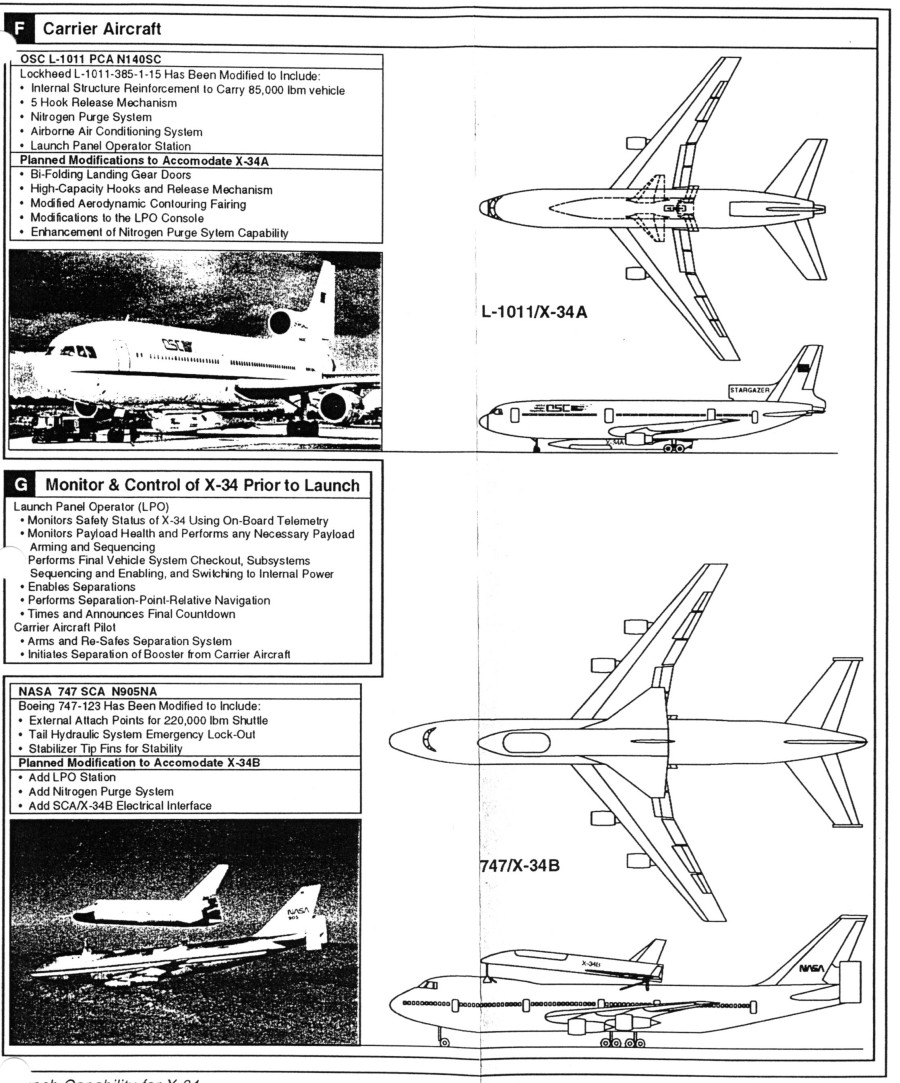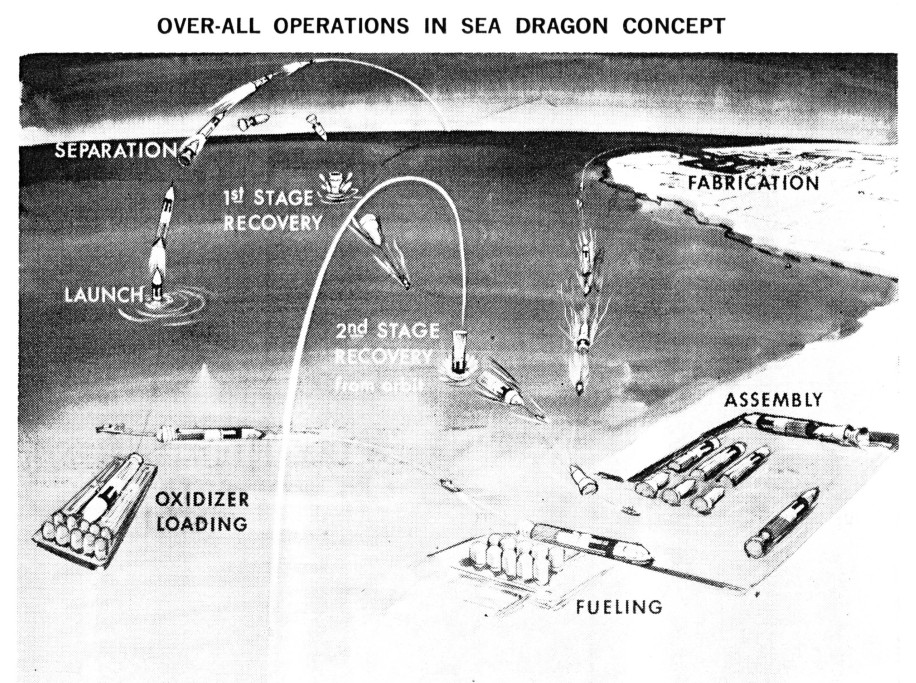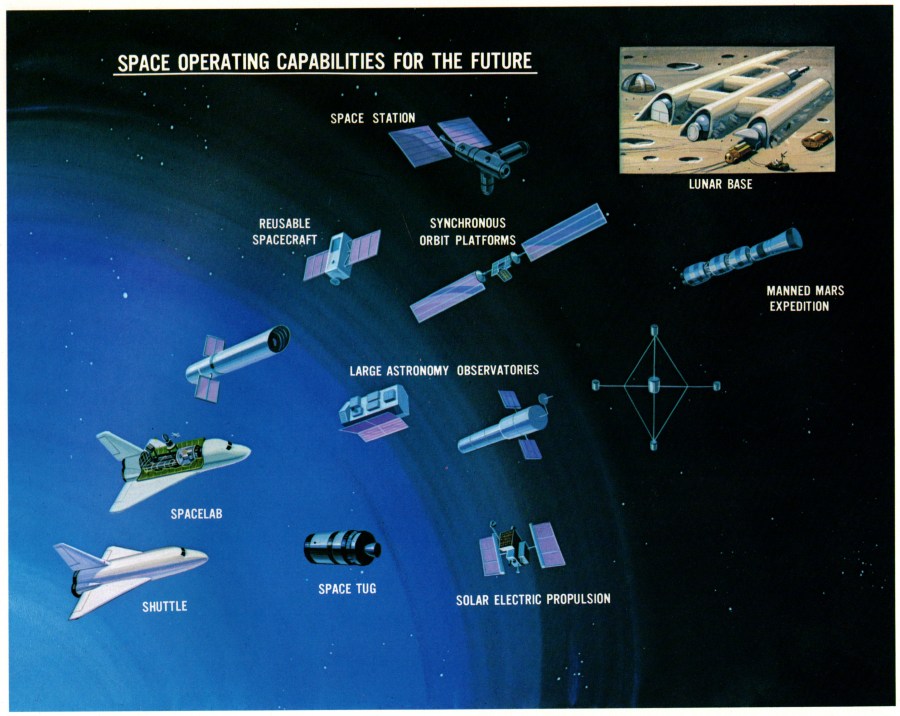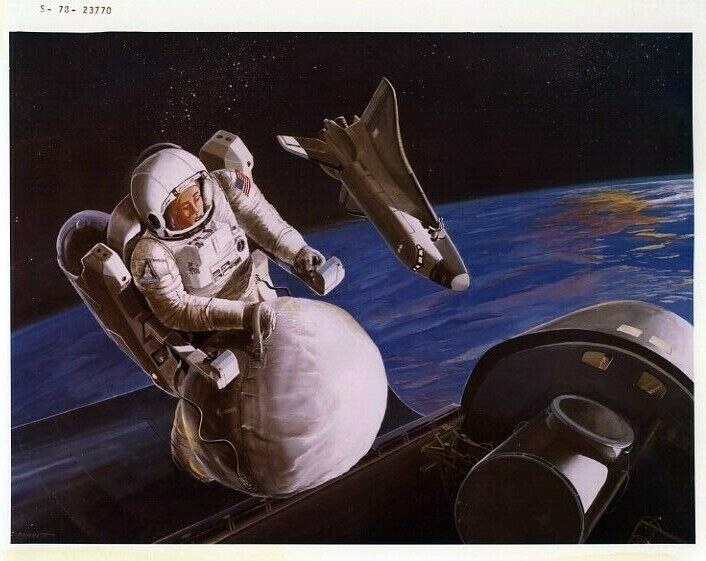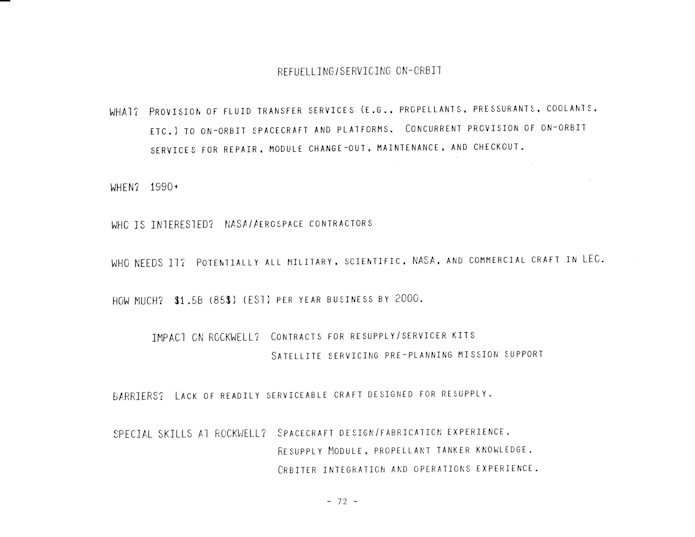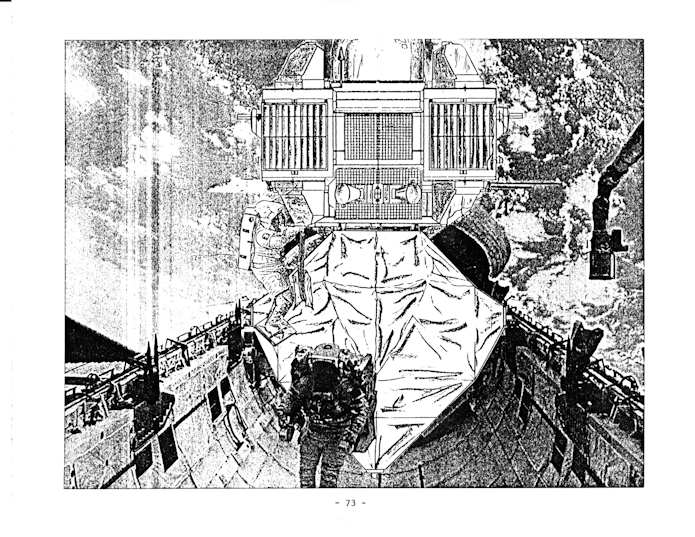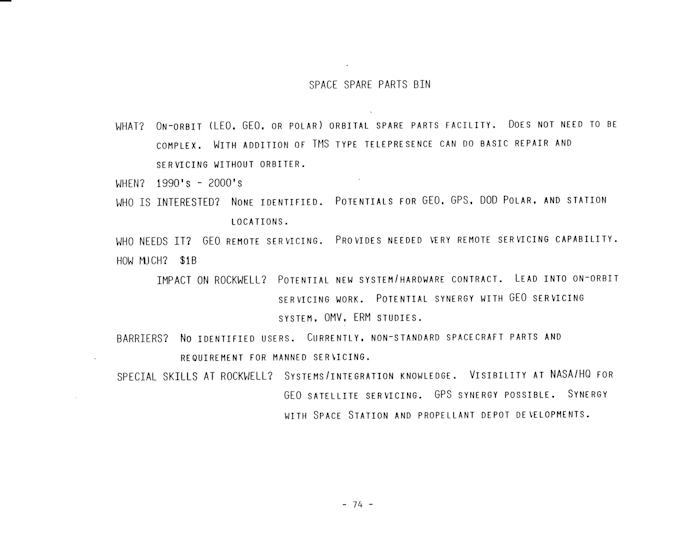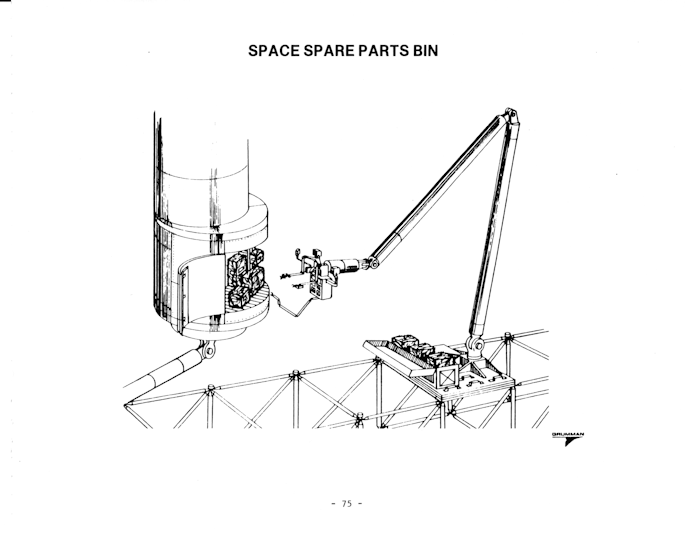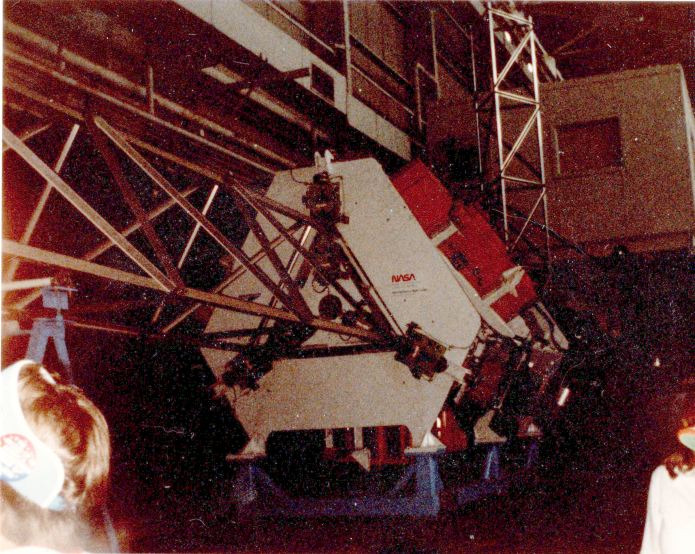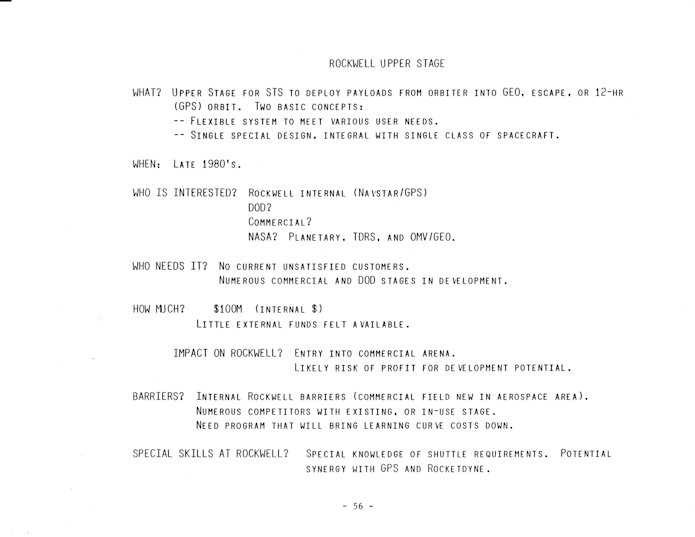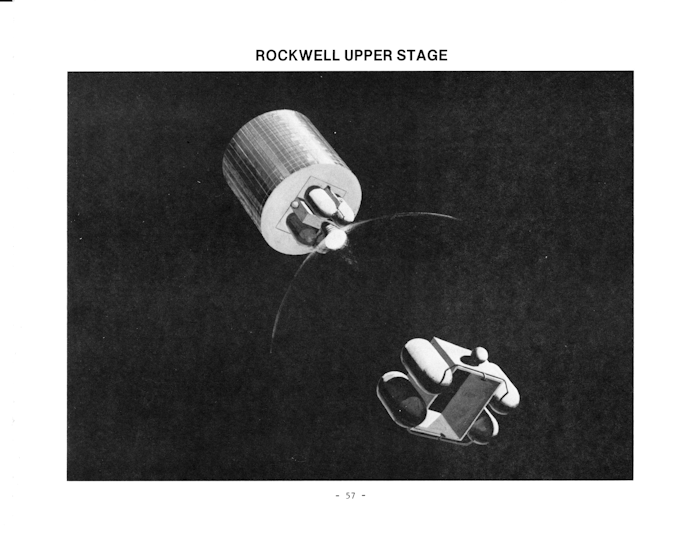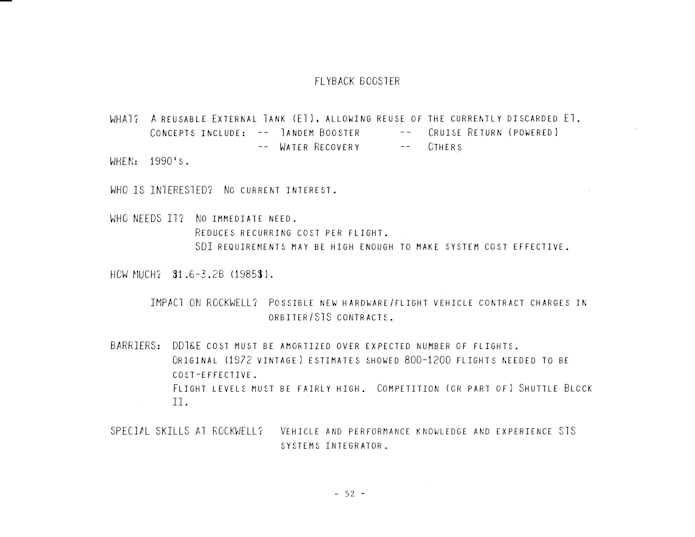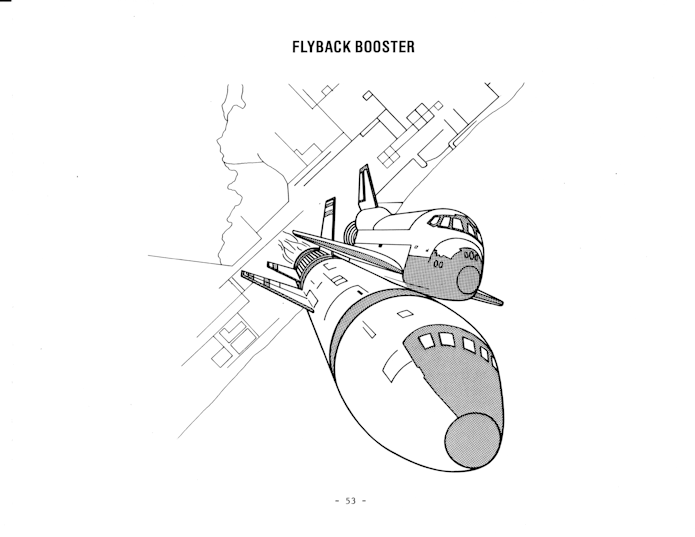So, CBS All Access finished up their run of “Star Trek: Picard,” and it was apparently such a rousing success that in a desperate bid to get *anyone* to watch it they’ve made it free to watch until April 23. Well, what with lockdowns and working on the computer and such, what they hell, I binge watched the series.
Summary: five “mehs” out of ten.
There are a number of reviewers out there who can give you chapter and verse about how STP craps all over Trek… and they’re not wrong. Taken as a followup to TNG, it just lands with a baffling thud. Pretty much everything is just “off” enough to grate, like someone dragging their nails on the chalkboard two rooms down. And since these reviewers are better at that sort of thing than I am, I’ll let their reviews speak for themselves at the end. I will instead focus on two things… one bad, one good.
The bad: starship design. The ships that appear in STP are video game generic ships for the most part. The Hero Ship looks like it could have come out of damn near any video game from the last 20 years, and were you to see it outside of the Trek context there’s almost no chance you’d think that it belonged in Trek. Worse: not only do the shuttlecraft from Star Trek: Discovery make several appearances, the mutant STD All Wrong Enterprise NCC-1701 *also* shows up in the form of a prominent holographic display. Thus “Picard” takes place in the STD timeline, not the TOS/TNG timeline. This can be used to explain why everything seems wrong: because everything *is* wrong.
The Romulan ships that show up, everything from small fighter-like designs on up to capitol ships, do not look remotely like Romulan ships. With the exception of a TOS-era Bird of Prey that shows up briefly under the control of some sort of space pirate, once again you’d likely never guess that these were meant to be Romulan ships unless you were tipped off by the green coloration.
Starfleet almost never appears. Near the end of the last episode, though, an entire fleet of Starfleet vessels shows up. Huzzah! The ships actually look like something more or less Starfleety. But… there are hundreds of ships, and they are THE SAME EXACT DESIGN. Feh.
OK, the good.
As the ten-episode series drags ponderously onward, it becomes clear that STP is as much Lovecraftian Cosmic Horror as Star Trek. Attend:
1: There is an ancient secret left behind by a vanished race.
2: The secret is held by a secret society
3: Most of the people who learn the secret promptly lose their fricken’ minds… one caps herself with a pistol, another rips her face up with her fingernails, another bashes her noggin in with a convenient rock.
4: And the nature of the secret? There are vast elder beings out there in the dark beyond the stars just waiting for the time to be right to come back here and lay waste.
5: There are cultist-like folks (a small number of folks almost completely lacking visible character traits) yearning for just that to happen.
6: How does the great evil come back? By way of a portal that the cultists open up.
7: And when the great evil starts to come through the portal, what do we get?

Now, I’m all in favor of blending Star Trek with Lovecraftian Cosmic Horror. Hell, that’s a little project I’ve been pecking away at for probably well over a year now, complete with dozens of pages of text, 3D CAD models and gravity maps of things that distort spacetime (it involves something that makes Vulcans go buggo when they come to understand The Secret). But to have a proper blending of Cthulhu and Trek, ya *gotta* have proper Trek. And Picard just ain’t. Never mind the design issues I raised, it’s just wrong. And here’s a hint as to why:
Star Trek: Picard Showrunner Michael Chabon Admits He Wanted To “Piss Off Or Provoke People”
See, now, *no.* If you start off Trek with the intention of annoying the fans… what the hell is wrong with you. So they could have had something really interesting, but ended up with the sound of something large, squishy and uninteresting going “splat.” So, in summary… a wasted opportunity. Pretty much like all Trek since 2009.
